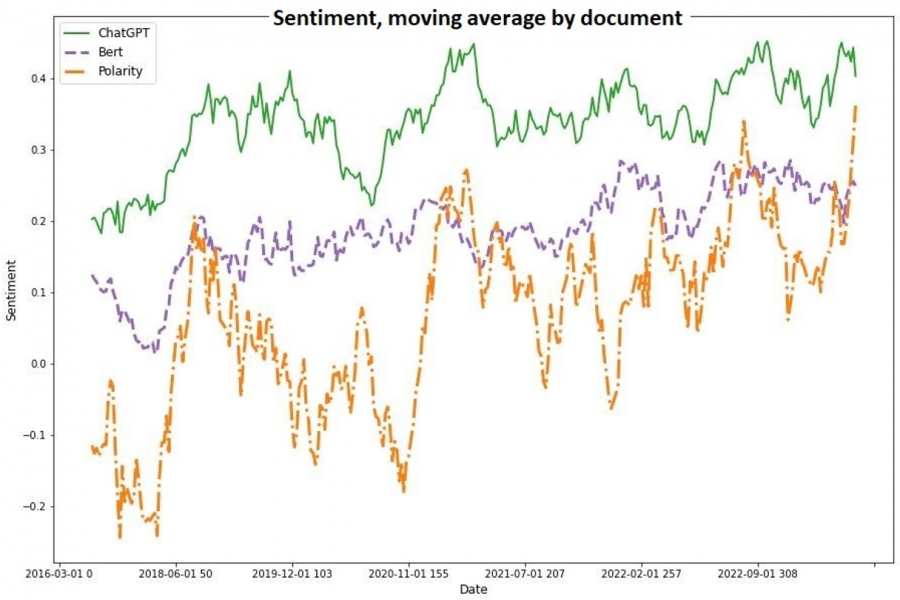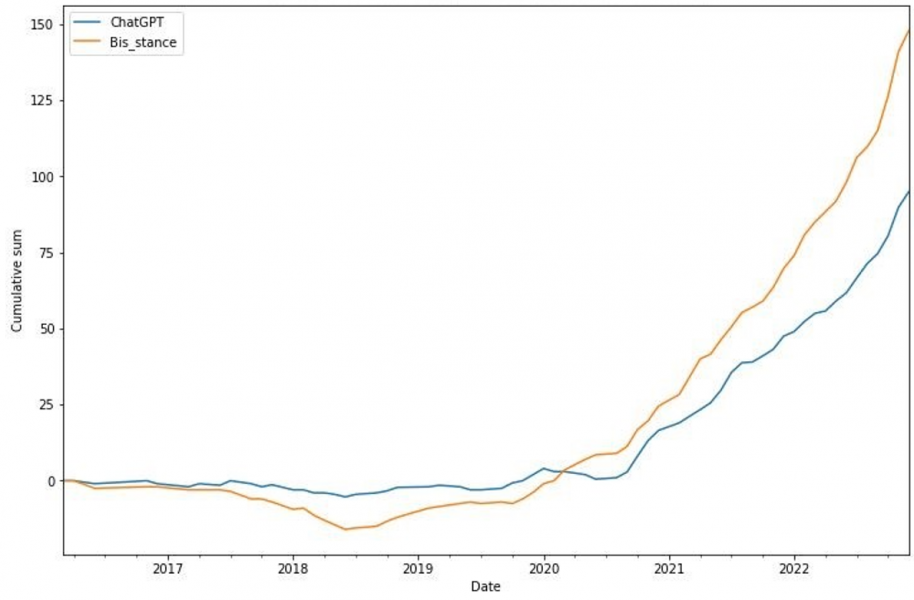References
Alonso-Robisco, A. & Carbó, J. (2023). Analysis of CBDC Narrative of Central Banks using Large Language Models.
Auer, Raphael, Giulio Cornelli and Jon Frost. (2020). “Rise of the central bank digital currencies: drivers, approaches and technologies”.
Auer, R., Frost, J., Gambacorta, L., Monnet, C., Rice, T., & Shin, H. S. (2022). Central bank digital currencies: motives, economic implications, and the research frontier. Annual review of economics, 14, 697-721.
Loughran, Tim, and Bill McDonald. (2011). “When is a liability not a liability? Textual analysis, dictionaries, and 10-ks”. Journal of Finance, 66(1), pp. 35–65.
McKay, A., Nakamura, E., & Steinsson, J. (2016). The power of forward guidance revisited. American Economic Review, 106(10), 3133-3158.
Strubell, E., Ganesh, A., & McCallum, A. (2019). Energy and policy considerations for deep learning in NLP. arXiv preprint arXiv:1906.02243.
Yang, Y., Uy, M. C. S., & Huang, A. (2020). Finbert: A pretrained language model for financial communications. arXiv preprint arXiv:2006.08097.







